Here’s the ISO 200 unfiltered dark-field image. Like all the images in this post, the images have been scaled into the range [0,1], have had a gamma curve of 2.2 applied , been res’d down to 640×480, and JPEG’d.
There are hot pixels that darken the average value of the image.
With 36-pixel kernels of three different shapes:
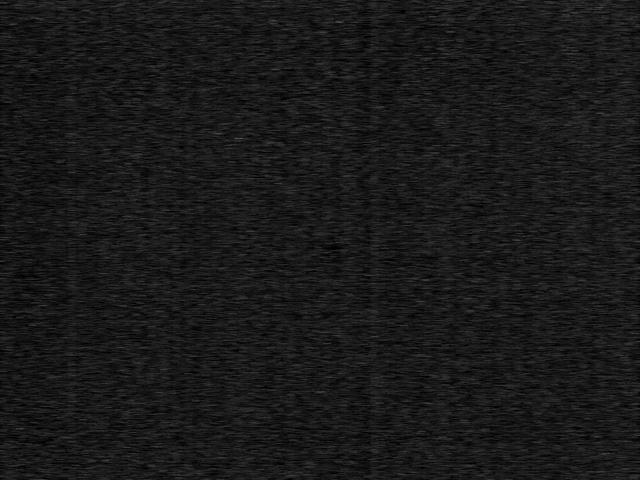
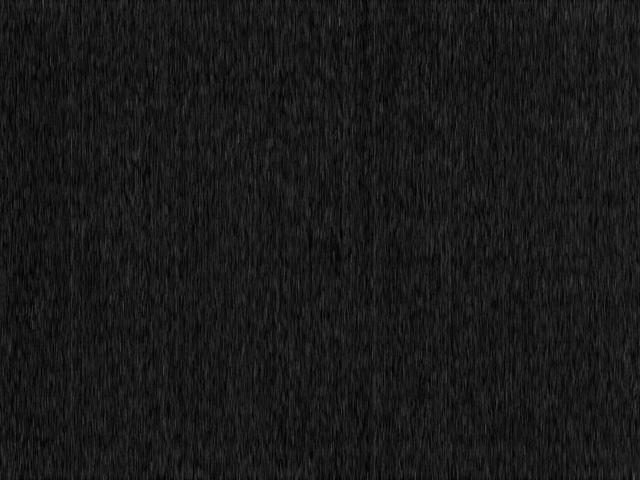
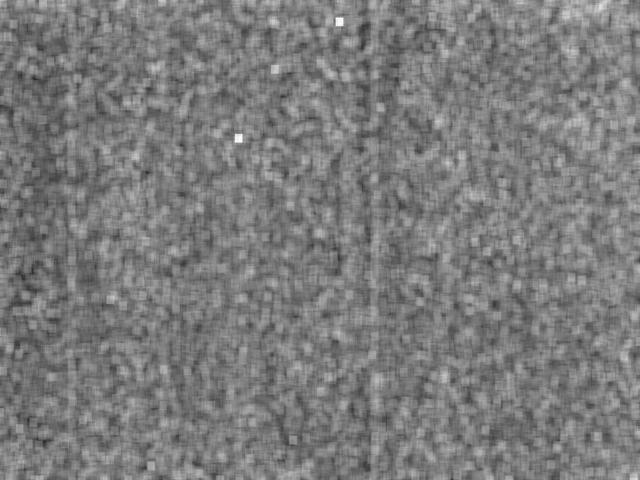
The square kernel showcases the locations of the hot pixels. In this image, it looks like most of the low-frequency anomalies are vertically oriented.
With a set of 434 pixel kernels, this is what we see:
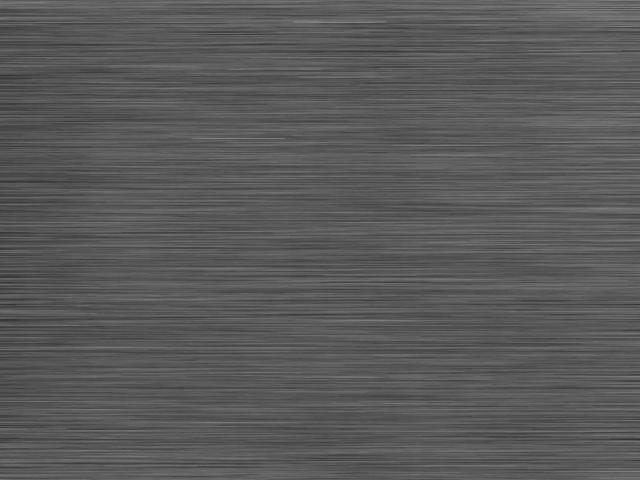
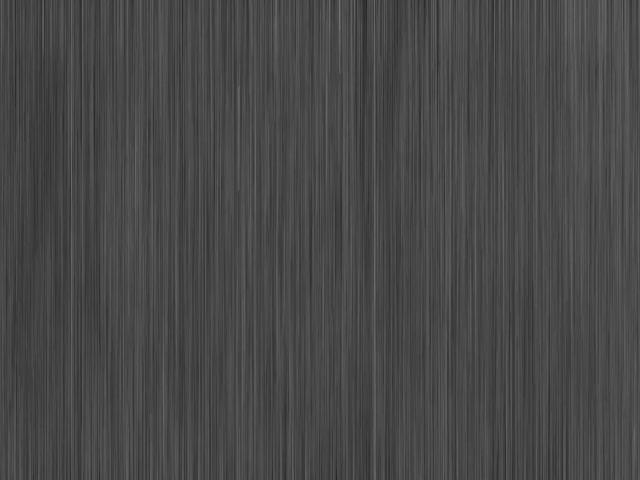
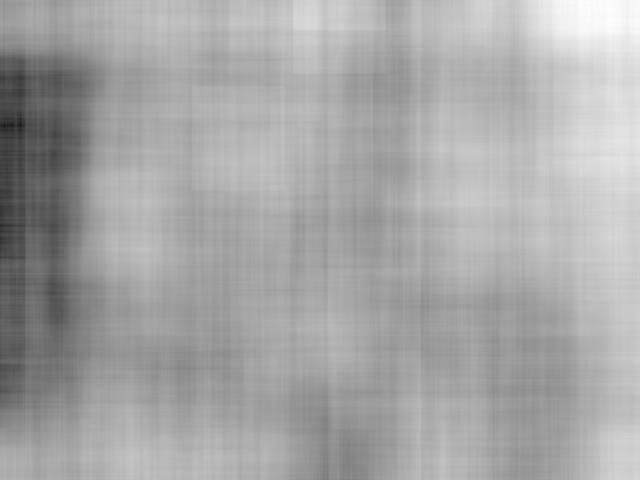
Now let’s look at the ISO 1600 image.
First, with no filtering:
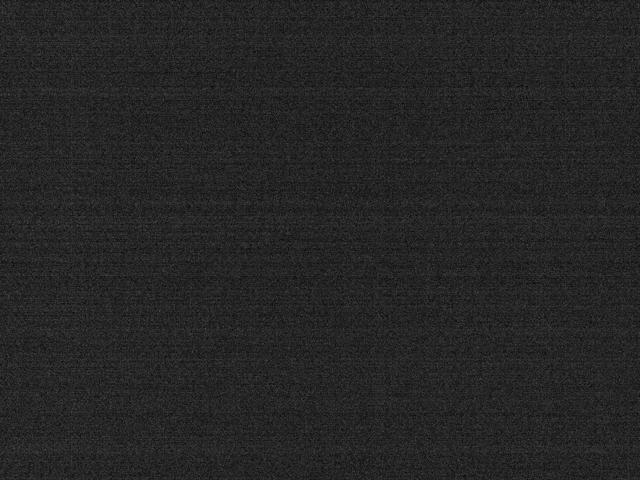
The hot pixels dominate, though not by quite as much as in the ISO 200 case.
With 36-pixel kernels:
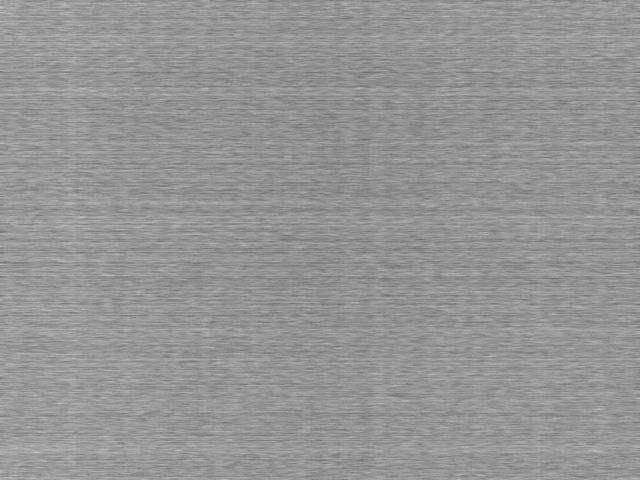
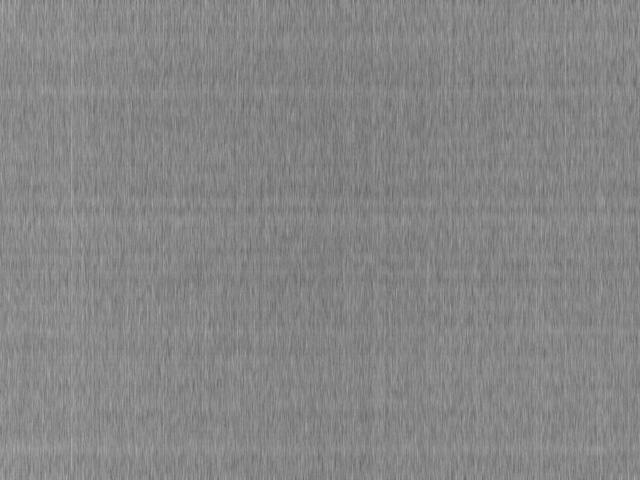
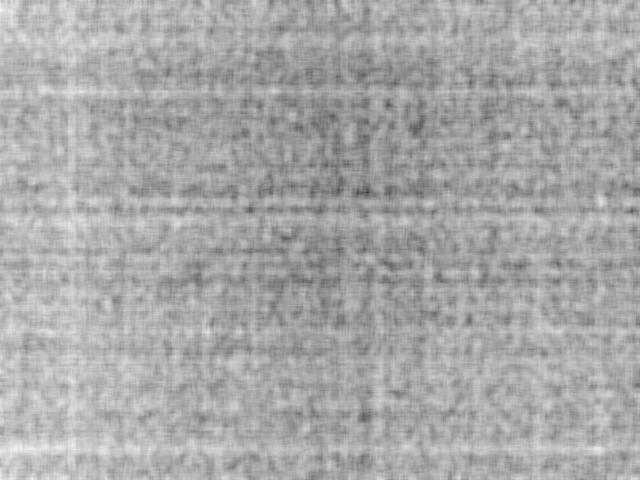
You can see why the graphs indicated about the same amount of low-frequency content in both directions.
With a set of 434 pixel kernels:
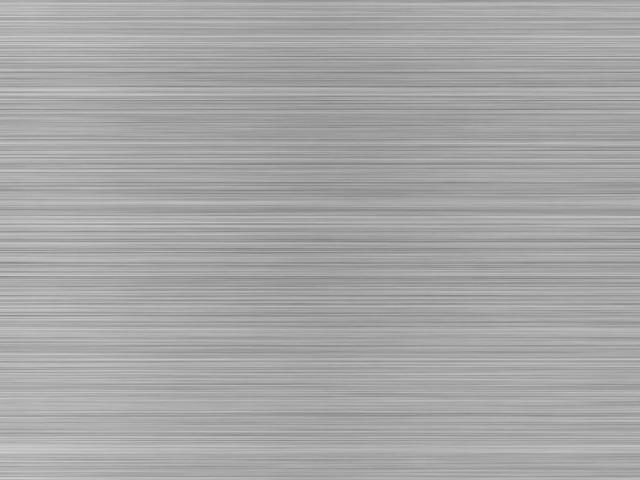
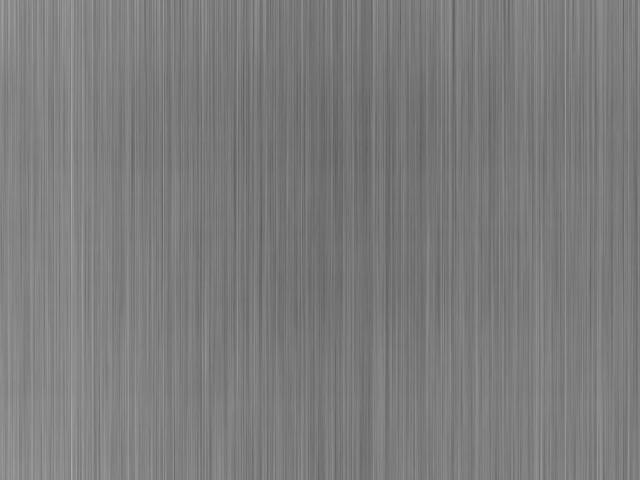
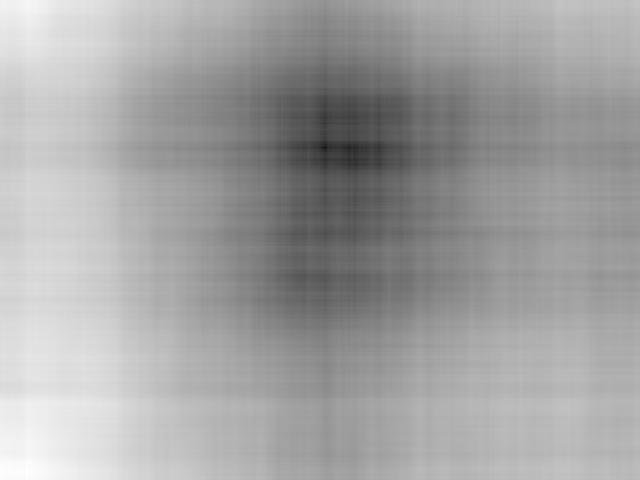
Leave a Reply